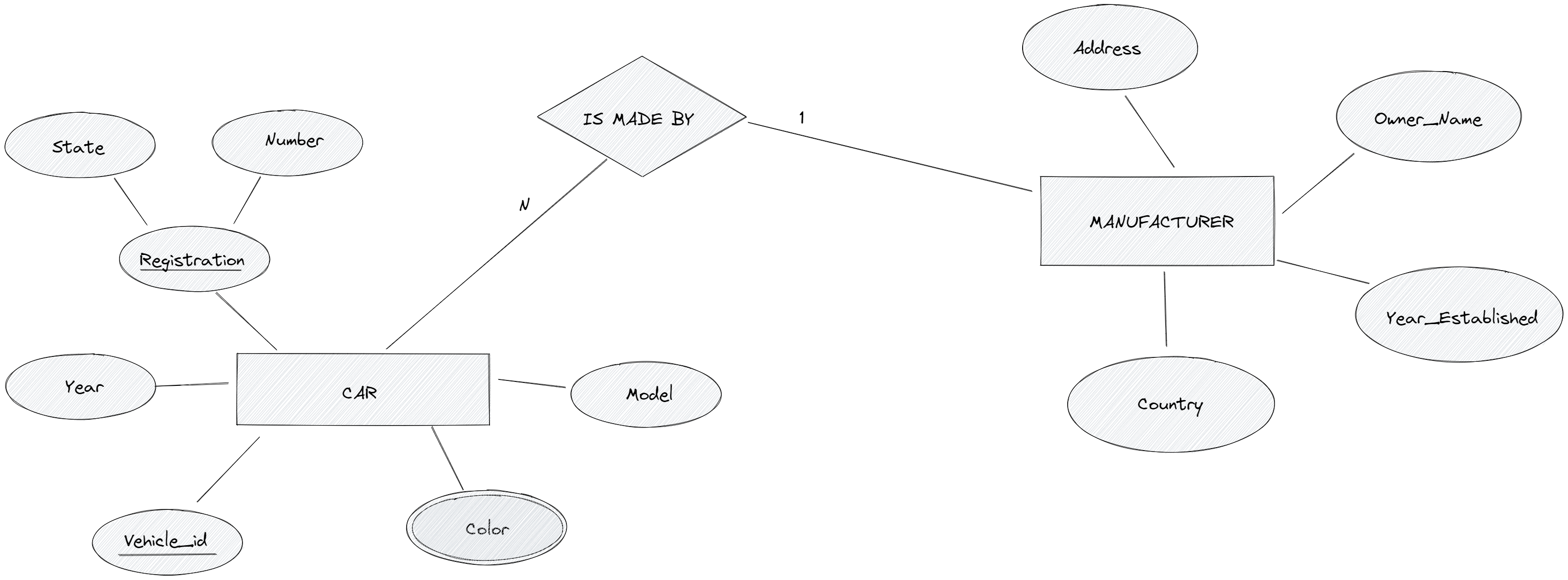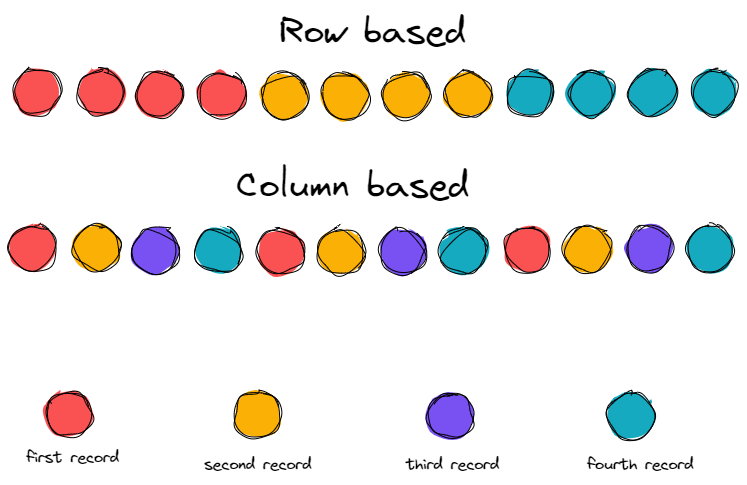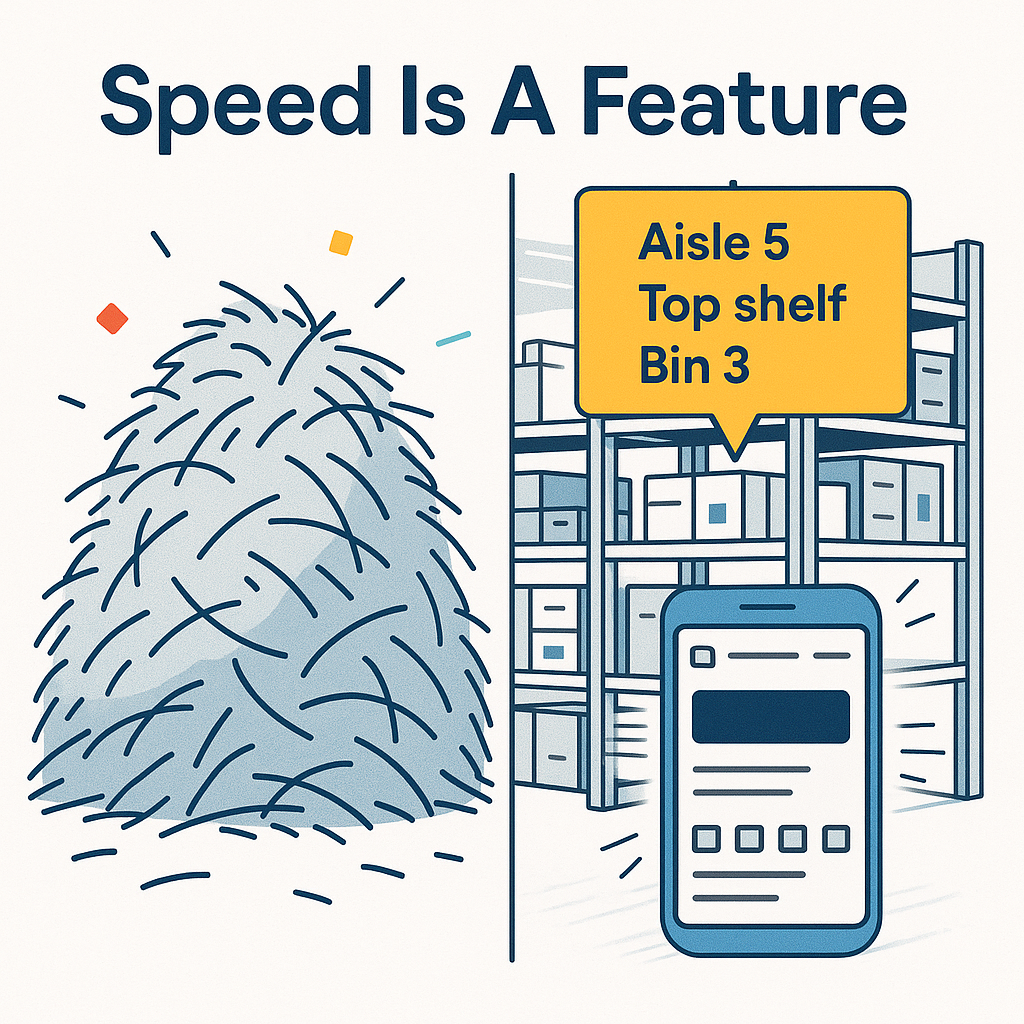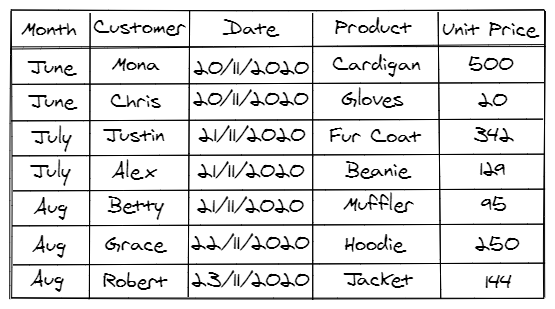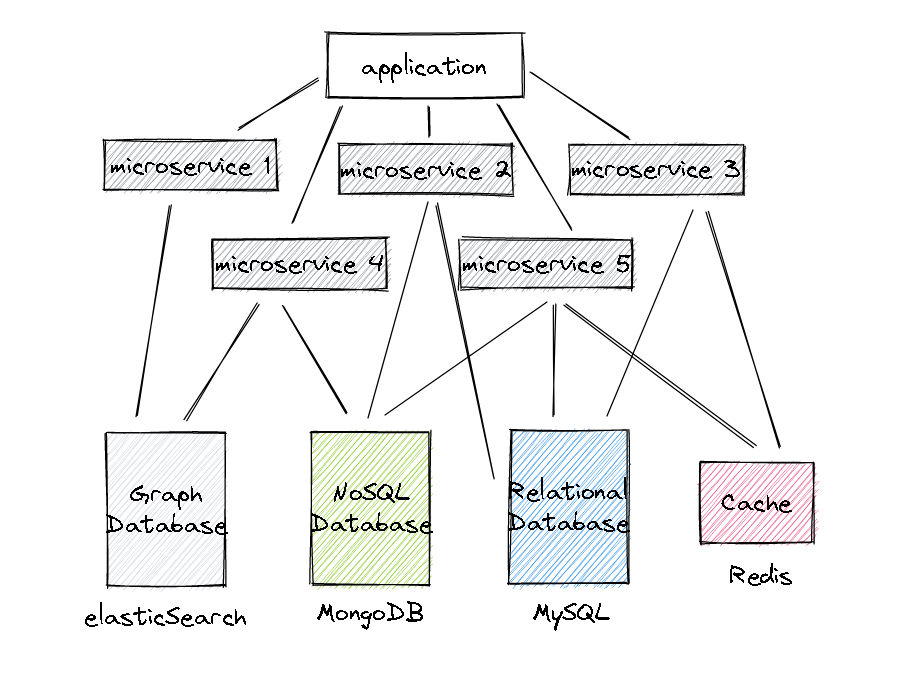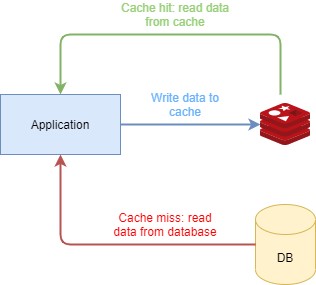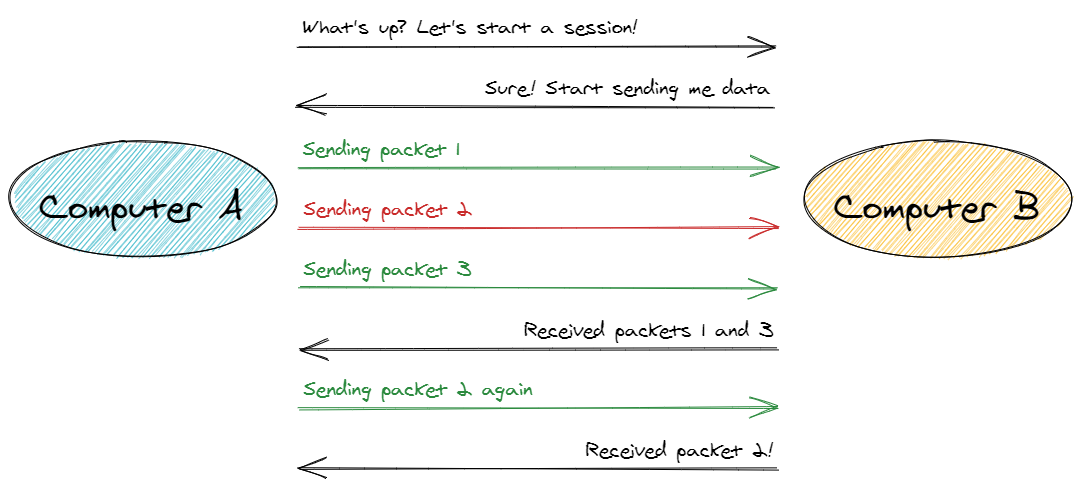
Database Concepts and Applications
Databases are a critical component of modern web and native applications. They're used to store, retrieve and manipulate data. They can be found almost anywhere there's a need for storing and accessing large amounts of information.
In this section, we'll get to know databases really well. Starting with some theory, and then moving into building blocks, types of databases, and uses-- you'll learn what you need to use them well in interviews!

Section Menu
How do I use this section?


